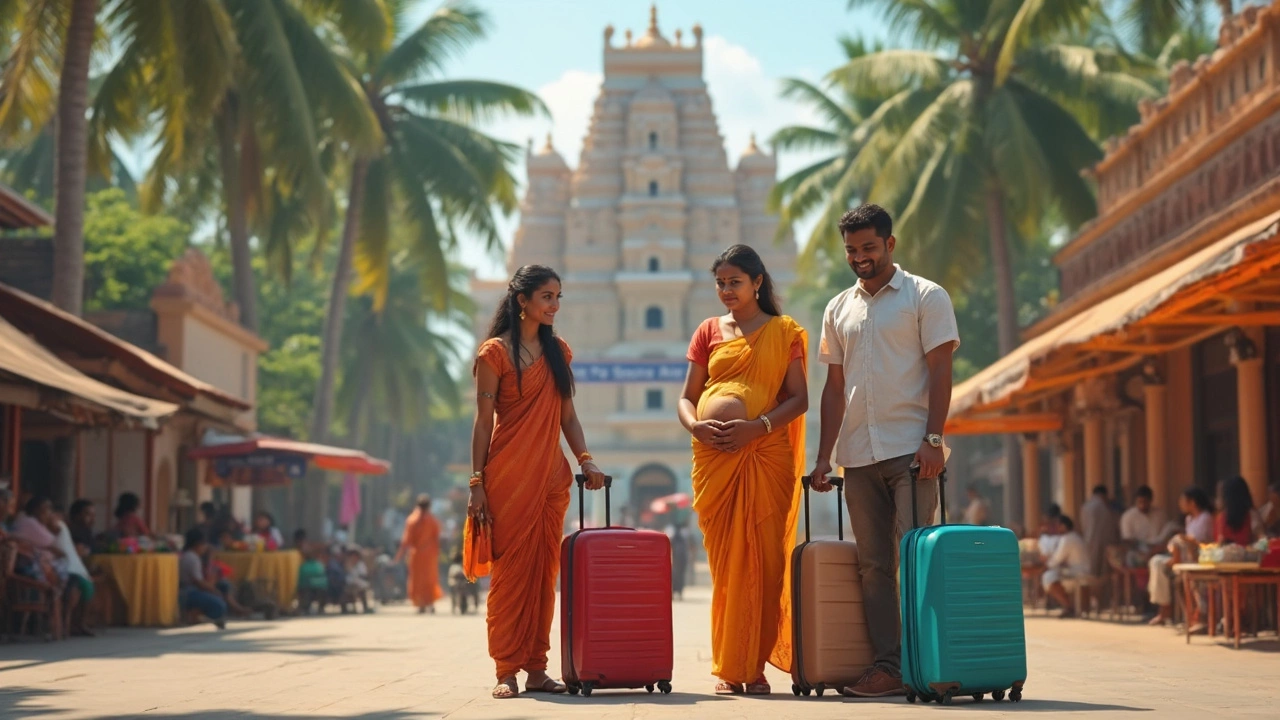SEARCH
Tummy Troubles: Practical Tips to Keep Your Stomach Happy While Traveling
Traveling in India is amazing, but a bad stomach can ruin the fun fast. The good news is you don’t need a medical degree to dodge common tummy issues. Below are real‑world tricks that work for backpackers, families, and luxury travelers alike.
Know What to Eat and What to Skip
First rule: stick to food that’s cooked fresh and served hot. Street vendors who fry samosas or grill kebabs in a sizzling pan are usually safe because the heat kills most germs. Avoid anything that’s been sitting out for a while – like pre‑cut fruit, salads, or boiled eggs that have been left at room temperature.
When you’re in a restaurant, ask for “well‑cooked” or “freshly prepared”. Don’t be shy about asking how long a dish has been on the counter. Most chefs are happy to explain, and it also shows you care about your health.
Drink Smart, Not Just Water
Tap water is a big culprit for stomach upsets. Always drink bottled water that’s sealed, and use it for everything – drinking, brushing your teeth, even rinsing your face. If you’re unsure about a bottle, bring a small portable filter or use purification tablets. In hot weather, keep a reusable bottle handy; it saves money and reduces the chance of a surprise stomach ache.
For a quick caffeine fix, stick to tea or coffee made with boiled water. Avoid ice cubes unless you know they’re made from filtered water.
Now, a few budget‑friendly ideas that tie into other popular travel topics on our site:
- Combine food safety with cost planning. When budgeting for a 3‑day trip (see our “3‑Day Trip Cost” guide), allocate a small daily amount for safe snacks and bottled water. It’s cheaper than emergency medical visits.
- Use regional specialties wisely. South Indian states like Kerala have delicious coconut‑based dishes that are generally cooked hot. Our “Best South Indian Food” guide lists options that are both tasty and less risky.
- Plan your stops at clean airports. The “Cleanest and Safest Airports in India” article mentions terminals with good hygiene standards, where you can grab reliable meals and safe drinks.
Pro tip: Carry a tiny pouch of oral rehydration salts. If you get a mild bout of diarrhea, a quick solution can keep you hydrated without a pharmacy run.
When the Unexpected Happens
If you do end up with a stomach upset, don’t panic. Most mild cases clear up in 24‑48 hours. Rest, sip clear fluids, and stick to bland foods like plain rice, bananas, or toast. Avoid spicy, fried, or dairy-heavy dishes until you feel better.
For serious symptoms – high fever, prolonged vomiting, or blood in stool – seek medical help immediately. Large cities have good hospitals, and most tourist insurance plans cover such visits.
Finally, remember that the best defense is preparation. By choosing cooked foods, drinking safe water, and budgeting a little extra for hygiene, you protect your tummy and keep the adventure rolling.
Ready to explore India without worrying about your stomach? Use these tips, check out our related guides, and enjoy every bite of the journey.

How Long Does Travel Bloat Last? Facts, Relief, and Real Talk
Travel bloat is that annoying, puffy feeling in your belly that can sneak up on you during trips, especially in places like South India. It leaves many people wondering how long it will stick around and what actually causes it. This article breaks down how long travel bloat usually lasts, what really triggers it, and straight-up tips to feel normal again. You'll get practical advice that actually works from someone who's been through it more times than they'd like to admit. If you're planning a trip down south, this is everything you need to know to keep your stomach from spoiling your adventure.
Continue reading